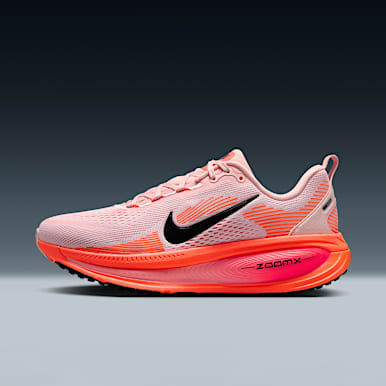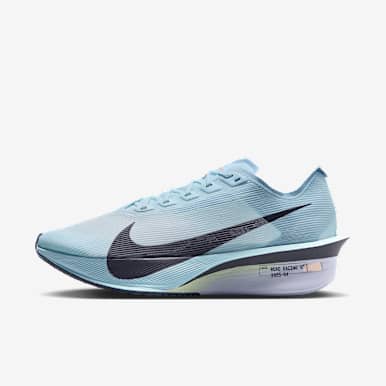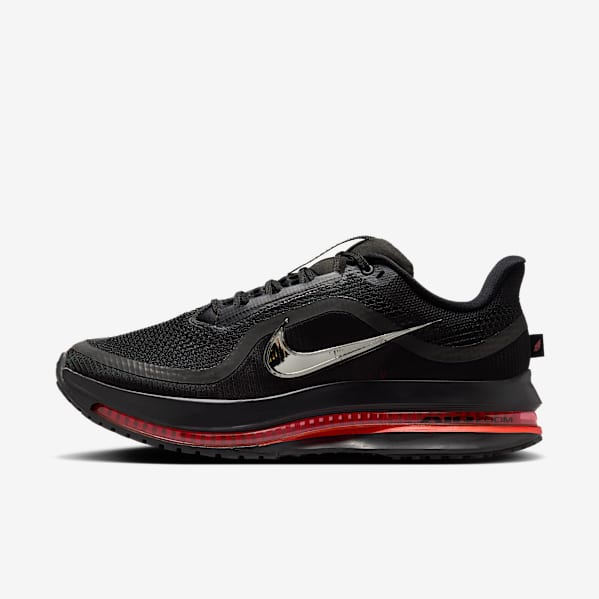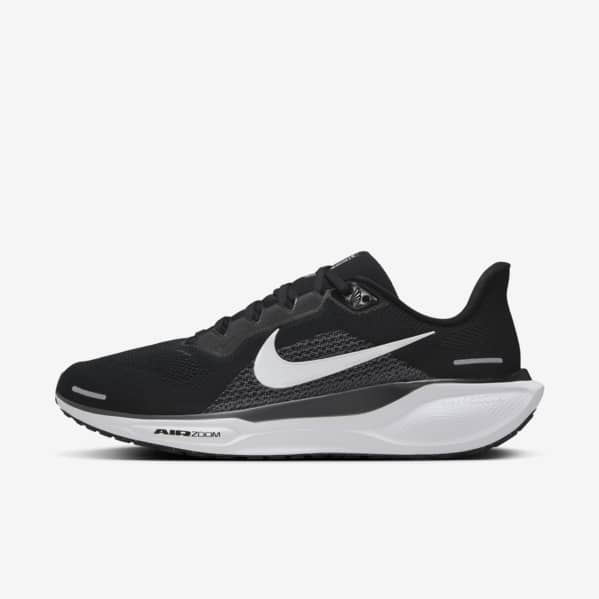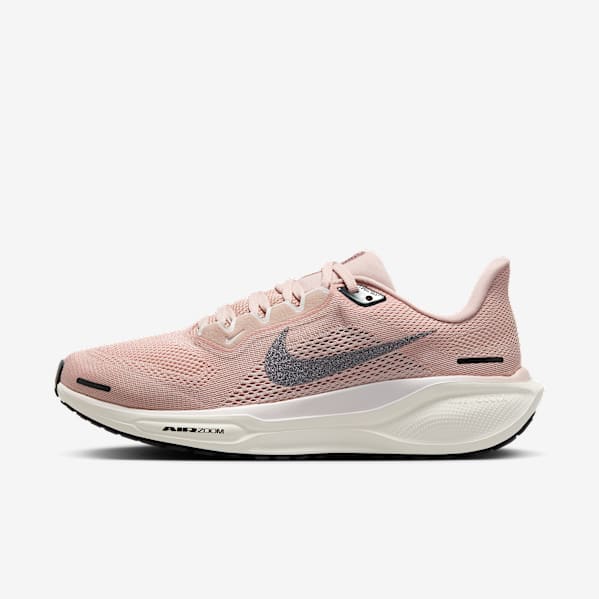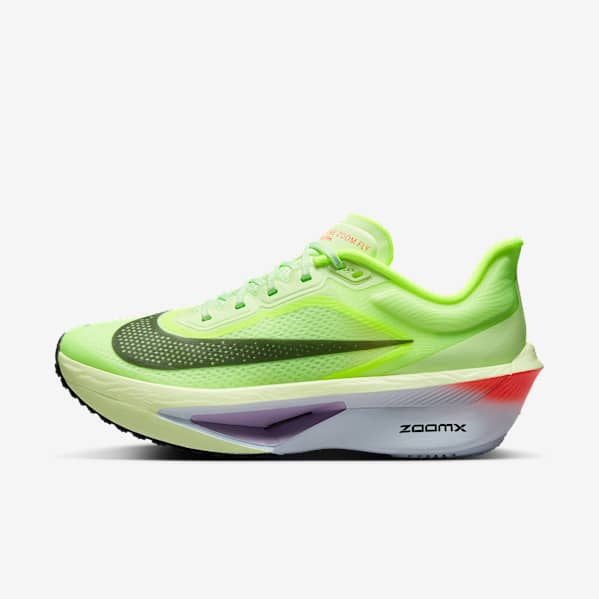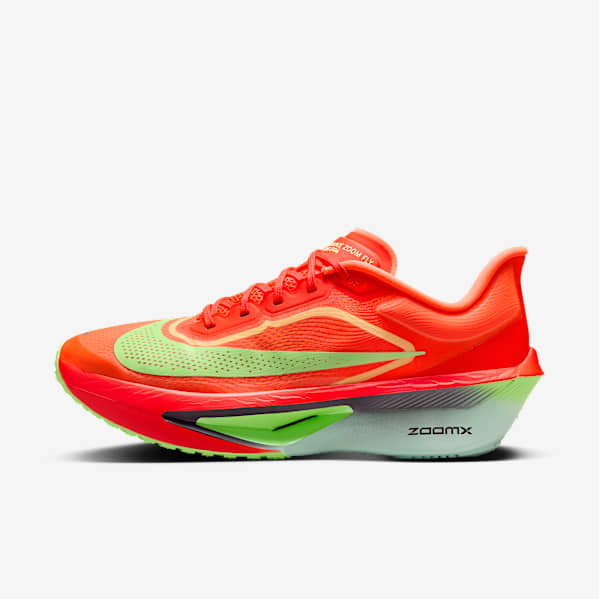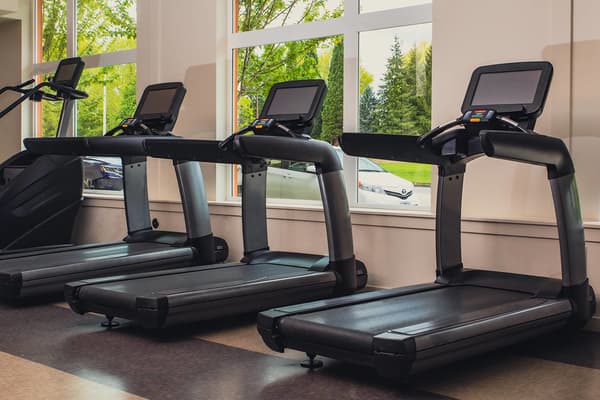The most common causes of hip pain from running—and how to prevent it
Sport & activity
Whether your hip pain starts while you're running or begins afterwards, it can affect your performance. Here are some clues about what may be going on—and how to prevent it in the first place.
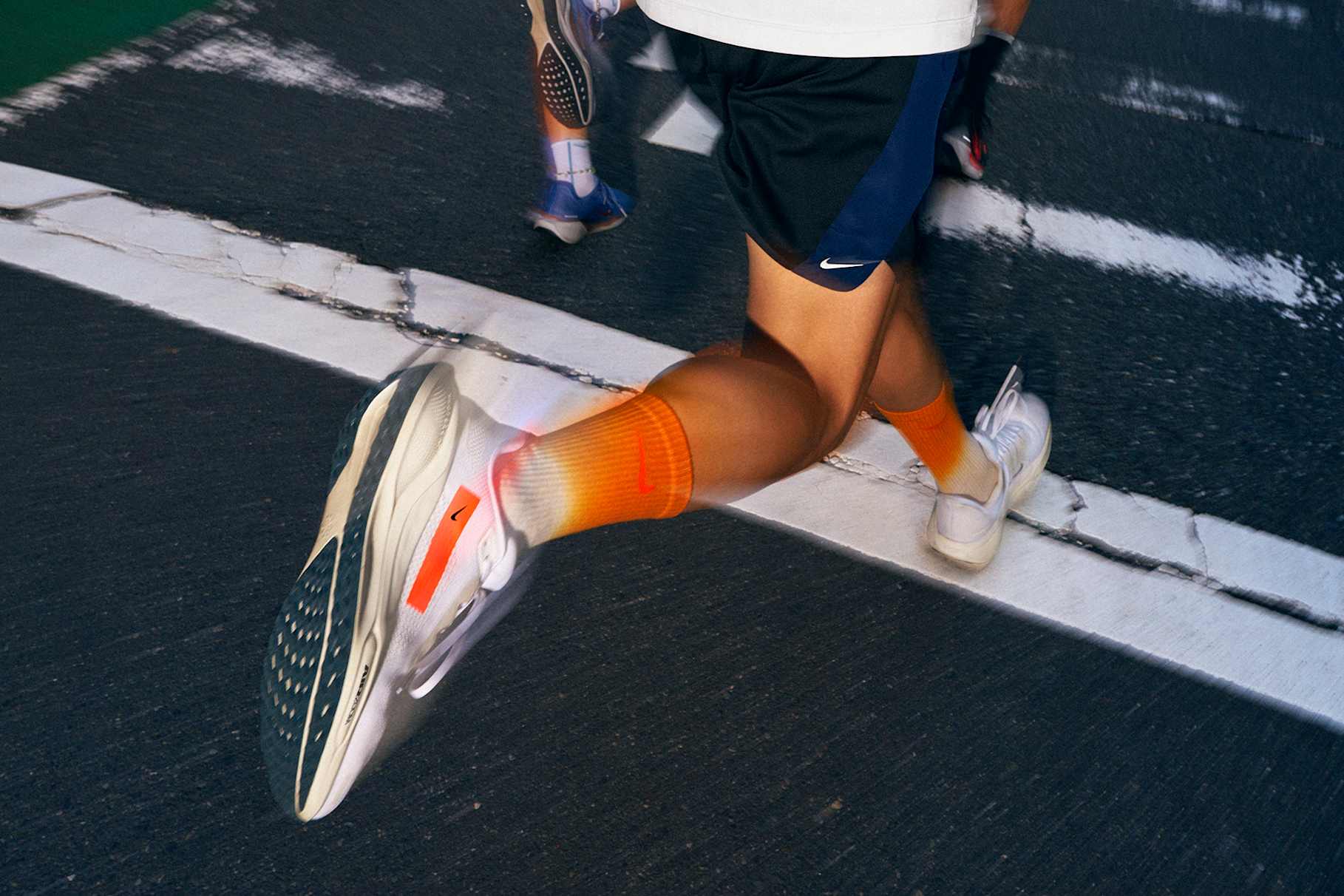
Whether you're training for your first marathon or doing a couch-to-5K programme, joint pain can sideline your training. That type of discomfort isn't confined to the knees and ankles—you may also find your hips ache or are so painful that you have to modify the duration or intensity of your run.
According to a meta-analysis in the Journal of Orthopaedic & Sports Physical Therapy, hip pain among runners is less prevalent than knee pain, but it's still a common complaint, with up to 11 percent of runners experiencing pain in the hips at some point during training. That research notes that the pain is sometimes associated with osteoarthritis in the joint, but not always. That leads to the question: if it's not that chronic condition, what's going on?
Here are some potential causes of hip pain while running and sore hips after running, along with tips on preventing the issue from sabotaging your training.
Common causes of hip pain
"When trying to pinpoint what might be causing hip pain—especially with hip pain after running—the biggest clue is where you feel it", says Joshua Scott, MD, primary care sports medicine doctor at Cedars-Sinai Kerlan-Jobe Institute in Los Angeles.
"Pain on the inside of the hip or groin area is usually due to problems with the hip joint", he says. "That can include issues throughout the hip, including the joint itself as well as the cartilage and tendons that support it".
Some common issues might be:
- Stress fractures: created by overuse and repeated stress, these are small cracks in a bone and are most common in the legs and feet for runners, but they can occur in the hips, as well. They tend to be more common in women, older people and those who are new to running.
- Osteoarthritis: with this condition, the hip's cartilage gradually wears down, reducing the cushioning and making the joint less flexible. While running during the early stages of osteoarthritis is possible, check with your doctor first to ensure you're not exacerbating the issue.
- Sports hernias: when you experience strains or tears in the muscles, tendons or ligaments in the groin region, it's known as sports hernias or athletic pubalgia. Unlike other hernias—for example, in the abdominal area—these don't cause a bulge, but they do tend to cause pain with exercise.
- Hip impingement: also known as femoroacetabular impingement, this happens when the bones of the hip joint don't fit together correctly, leading to friction and wear and tear on the joint over time, especially with exercise. It can cause stiffness and pain in the groin and front of the thigh that gets worse when bending.
"If you're feeling hip pain after running on the outside of the hip, or on the upper thigh or buttock, that's typically due to challenges with the soft tissues surrounding the hip rather than the hip joint itself", says Scott. Common problems can include:
- Hip flexor strain and tendonitis: a strain is characterised as a twist, pull or tear of a tendon or a muscle. Tendonitis is the inflammation of a specific tendon. Either one might happen gradually due to overuse, but could also occur suddenly—for example, if you make a sharp turn when running.
- IT band syndrome: the iliotibial band is the fibrous tissue extending from the outside of the hips to the thigh and knee and the top of your shin bone. When this band becomes irritated from friction—rubbing against the bone on the outside of the hip, for example—it can lead to inflammation as well as pain in both the hip and the knee.
- Labral tears: labrum cartilage lines the hip socket and stabilises the joint. Repetitive movement like running can create a tear that can cause pain, reduced range of motion or feeling like your hip "locks up".
- Hip bursitis: also known as trochanteric bursitis, this condition involves inflammation of the fluid-filled sacs (called bursae) that cushion the outside of the hip bones. The inflammation tends to create pain and stiffness in the hip joint that can feel dull and aching and tends to worsen after exercise.
"Like any type of sport injury, the cause can be minor—such as poor form or not warming up enough—or it could be severe enough to warrant treatment and discontinuing running until you get the all-clear from your doctor", says Scott. "Listen to your body and pay attention to when pain is happening and how serious it feels".
How to avoid hip pain when running
"If pain becomes chronic, and if hip pain with running is worsening over time, it's important to talk with your doctor so you can get assessed for any potential damage within the joint or soft tissues", says Carol Mack, DPT, CSCS, strength coach and doctor of physiotherapy at CLE Sports PT & Performance.
"Your doctor may refer you to a physiotherapist who can create a tailored plan that includes rest, cross-training and specific exercises to strengthen the muscles around the joints", she adds. "Your physiotherapist can also do a running-gait analysis to see if anything in your form can be changed to decrease the load on your hip joint or soft tissues around it".
Whether hip pain after running is frequent or occasional, or if you want to prevent it from starting, here are other strategies that may help.
Incorporate strength and mobility training into your routine
"Similar to the way lower-body strength exercises can build up the muscles around your knees and ankles to protect those joints, building up the area around your hips can provide protection during impact", Mack says.
"Creating more strength through exercises in the supporting muscles is crucial", she adds. "This includes the glutes, outer hip and hip flexors". Some examples:
- Clamshells or side steps with resistance bands
- Weighted squats
- Lateral step-ups
- Single-leg deadlifts
- Side leg raises
"Focusing on mobility, flexibility and stability is also essential", says Marcia Dernie, DPT, physiotherapist in Florida and author of Movement for Every Body. For example, doing exercises that support the core can allow you to move with fluidity, which can take stress and pressure off your hips.
Modify your training
"Decreasing the intensity or length of your runs may be helpful", Mack suggests. This change may be particularly important if you have increased mileage or introduced speed work or hill repeats without building up to that gradually.
"Often, it's the intensity of a person's runs with something like speed work that can put you at increased risk of injury, rather than the number of miles", she adds. "That said, trying to add miles too soon can also be tough on your body".
"Another modification might be changing your terrain", says Mack. For example, you may experience hip pain after running when you're on tarmac or concrete but find the problem isn't happening when you use a running track or trail since those tend to reduce the impact on joints and engage more muscle groups.
Warm up before running and cool down afterwards
"Getting your body ready for a run doesn't need to take a long time, but it is non-negotiable", says Scott. Like running, warm-ups can often depend on individual factors like muscle tightness, level of fitness, injuries and planned run time and type. But if you want to prevent hip pain after running, choose at least a brisk walk or movement that targets the legs, glutes, hips and core.
For instance, if you use walking as a warm-up, Scott says doing walk-run sessions that involve brief bouts of running is the best approach. That way, you can get your body ready for the run while decreasing your chance of injury.
Track your hip pain after running
"Paying attention to what leads to pain and how it feels—as well as how long it lasts and what tends to alleviate the hip pain after running—is an important way to stay on top of what's happening", says Dernie.
"If you have hip pain after running and realise this happened after you bought new shoes or tried a new trail or went a little longer or maybe didn't sleep well that week, those are all variables you can take into consideration", she says. "Also, the timing of how soon pain starts can also let you know whether your recovery period needs to be adjusted or the intensity and volume decreased. Bear in mind, if you are a newer runner, you can expect to feel pains and soreness much sooner".
Change your shoes
Comfortable running shoes with plenty of cushioning for shock absorption can reduce the stress on your knees and hips. That can help prevent injuries, particularly the type of overuse issues that come from repeated contact.
Consider a pair with Nike ReactX foam, which is as responsive as it is soft, or Nike Zoom technology, designed to reduce joint stress.
If you overpronate, you may need a pair of stability shoes to maintain your hip alignment when you run. Whatever running shoes you choose, make sure they fit properly and replace them every 300 to 500 miles.
Words by Elizabeth Millard


